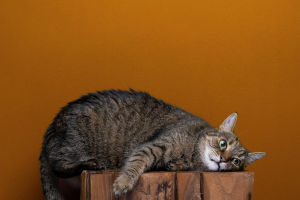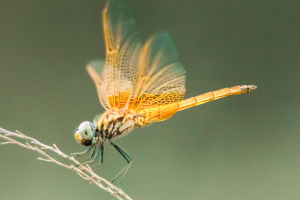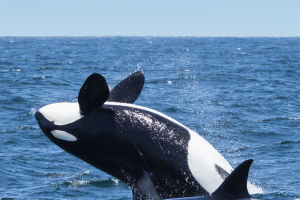The zebra is a splendid part of the African landscape, a dazzling member of the usually white family of horses. With its bold stripes, the zebra's busy life is all about finding the best pastures in the dusty world of the African savannah.
Because of their dark skin, many experts consider the zebra to be a black (sometimes brown) furred animal with white stripes, while others believe the zebra has black stripes on a white field and point out that the zebra's belly is white.
Regardless, the effect is dazzling and provides a bewildering defense against the fluctuating movement of darkness and light in this herd of animals. When a herd of zebras passes by a lion, leopard, or cheetah, it is almost impossible for the predator to identify just one individual target. For zebras, as for many herd animals, safety is in numbers.
There are three main species of zebra. The most common is the plains zebra, which has five subspecies, each with subtle variations in stripe pattern and color, some of which are distinctly brown rather than black. Of these, Grant's zebra is the quintessential zebra, a robust animal with true, bold black and white stripes that widen as they grow to the rump.
Although there are a number of more numerous subspecies and there is cross-breeding, Grant's zebra remains one of the most iconic sights on the African plains. The mountain zebra consists of two subspecies, most easily distinguished by the fishbone pattern at the top of the tailbone.
All zebras are herd animals, highly social, and dependent on the camouflage effect of a group of striped animals for survival. Zebras are constantly on the move, always alert to danger, and they have surprisingly good eyesight. It is believed that although zebras themselves are monochromatic, they do see the world around them, and in full color.
Despite the dangers of waterholes, zebras love to flock together. The herding instinct pulls them together, and the delicate skin often holds them together in a variety of ways. Imagine a crouching tiger or a hidden crocodile trying to choose a target in a sea of dazzling stripes.
For an animal as well camouflaged as the zebra, it is more about movement than the silhouette of a form that attracts predators. An unnatural gait, a limp leg, a stumble, a hesitant head, a group of healthy companions running away, a target exposed.
Despite being a favorite food of humans, the plains zebra is a very successful animal. Although nature's ditches are filled with scenes of tragic endings, most zebras live as long as 15 to 20 years.
The zebra is a bright sight in African scenery, living comfortably in the savannah and being greatly admired.


